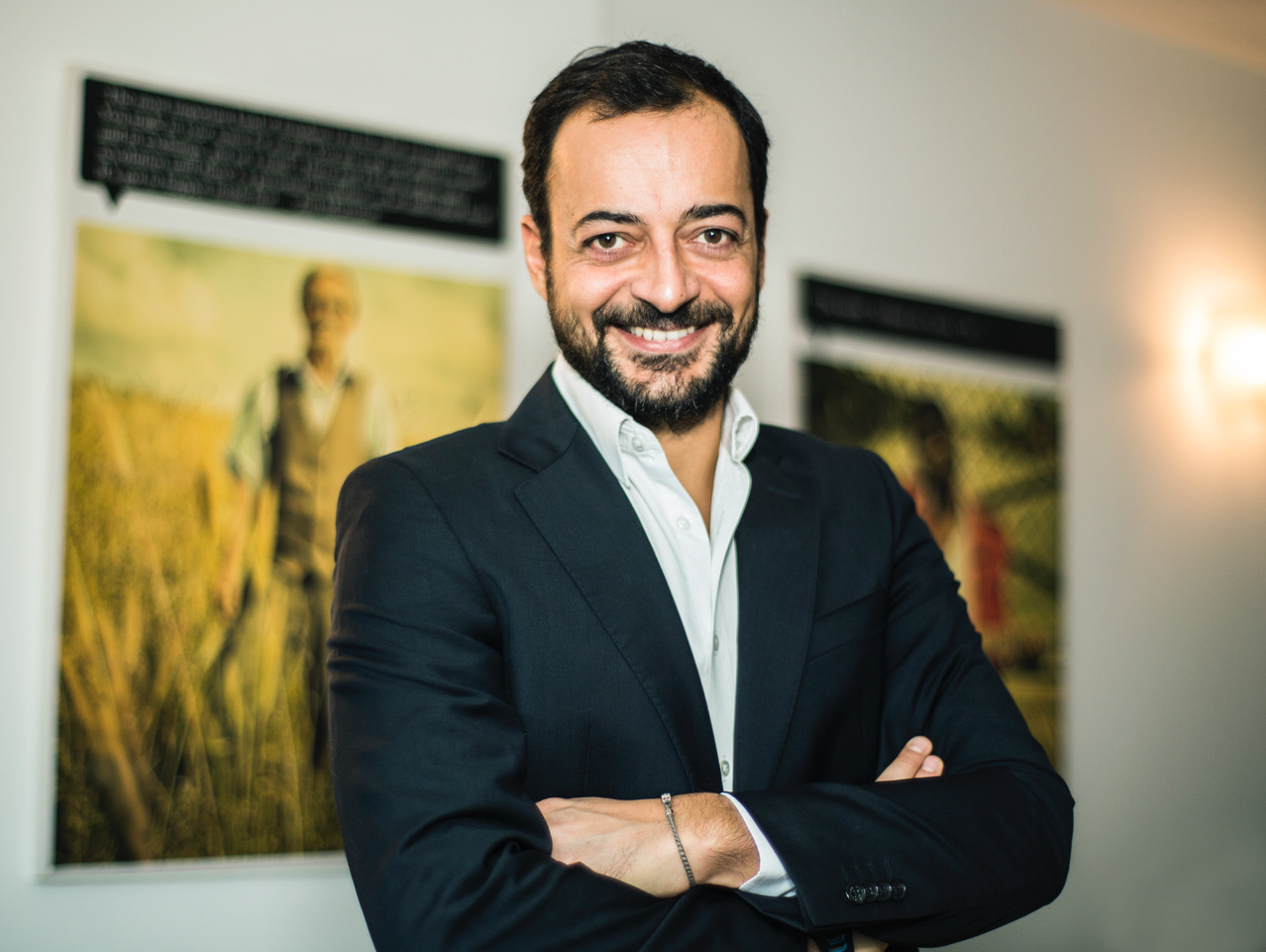Valuing Diversity of Thought & Inclusion

Contents
Let’s get one thing clear: everyone knows something you don’t. The question is, are leaders creating an environment where people feel comfortable speaking up and sharing their diverse thought?
A few years ago, I was asked to participate in the board meeting of a stocking & lingerie business in Turkey. They wanted an outsider’s perspective on their culture and leadership. They were brainstorming on introducing more innovative products to the European market.
One promising idea that was generated was to introduce stockings where you can remove the part that covers one’s feet without taking the whole thing off. For some cultures, this is a very useful thing; especially for Muslim women who make ablution before their prayers.
Now, for some context, the executive board consisted predominantly middle aged, male members with one exception - a bright woman at her late 20’s.
When the idea for the stockings was pitched, there was an almost immediate, unanimous rejection. They were dismissing the idea based on the belief that the European market was not the best geography for this product. Heads nodded with approval of the prompt decision.
Yet, right when I thought the case was settled, the only female board member in the room spoke up. She suggested that this product can be of use to women in other ways, such as when getting a pedicure.
The impact she made with that one comment was powerful. After a few seconds of silence, the board members offered their appreciation for her input and rushed to visualize this new opportunity. A few months later, the product was on the market in Europe, contributing to the company’s revenue in millions!
What’s the lesson here? Diversity of thought. The most successful outcomes come from being inclusive of the thoughts and ideas of people from a variety of backgrounds.

I decided to move to the UK in 2021 and was quite excited to see more examples of what I witnessed in that boardroom. I assumed the UK was a progressive culture and one of the leading countries in the world when it came to diversity and inclusion.
I soon discovered that I was mistaken.
Yes, the UK has one of the most diverse workforces in terms of ethnicity, religion, and background. However, after gathering data from various client engagement surveys, I discovered that there was little difference between the leadership teams I observed in the UK and Turkey.
There is a consistent and dedicated hold on how things are done and have always been done. Why change the status quo?
Every time I emphasized the importance of transforming their leadership approach to align to 21st century needs, I got the same reaction. “Let’s not upset the apple cart here, Can.”
So, with this mentality poisoning company cultures, how do we get DE&I right? Let’s revisit that stocking & lingerie board meeting in Turkey…

Diversity of thought develops when we intentionally seek opinions from those who are different from us. The more variety of thoughts acquired, the more perspective we obtain. Thus, we are more likely to find the diamond in the rough.
The only reason that million-dollar idea came to fruition was because there was a person in that room who was different from all the other people. She was a woman in a sea of men and was willing to speak up even though her opinion deviated from the rest. What’s even more important is that she was in that room. She was part of the decision process and had the willingness (and dare I say bravery) to express her ideas.
It’s one thing to have someone different from you in the room. It’s another to have that person feel like they have a voice.
Silence is useless.
It’s easy to have diversity. It’s harder to have diversity of thought where different perspectives are expected and honored.
I believe it’s time to re-consider diversity, not only based on different gender and ethnicity, but as a whole – it’s imperative that we keep a focused eye on creating an environment where diversity of thought naturally flourishes.
This is where inclusion and creating a psychologically safe environment come into play.

An inclusive and psychologically safe environment forms when people are not afraid to be their authentic selves, feel they can speak about important matters with anyone on their team without fear of consequences, and are genuinely willing to be part of something that’s meaningful.
One of the biggest blockers of inclusion is a ‘fixed mindset’. This is a concept Carol Dweck brilliantly introduced in her groundbreaking book, Mindset.
Here Are a Few Tips to Transform Ourselves From 'Fixed' Mindset Leaders to Growth Mindset' Leaders.
-
Understand where people are coming from.
Knowing a person’s background is not enough. Make sure you genuinely listen to your team. Dedicate specific time to connect with them on a human level to learn about them. -
Stop trying to be the wisest person in the room by having all the answers.
Allow your team to take initiative by involving them in the decision process. There might be times when you need to provide instructions, however, that doesn’t mean you have to micro-manage. By seeing how others “do” things, it opens our minds to alternative methods we wouldn’t have considered. -
Stop trying to be equal.
Not everyone needs the same level of attention or direction. Once you master the ‘understand where people are coming from', use this as an opportunity to show that you really care and give them what they need to be successful.
It's important to remember Alex Drapers quote:
"When was it ever a good idea to treat everyone equally? Distribute your time and energy to where it's needed the most. That's equity."
-
Create a continuous improvement culture.
Ask for feedback, listen to feedback, and provide timely, relevant, and fair feedback to your team. Feedback opens your mind to different ways of doing things and stops the “this is the way have always done things” mindset in its tracks.
While these tips will improve inclusiveness and diversity of thought, we still have a long road ahead of us.

Organizations around the world still struggle with creating an inclusive culture and there’s a substantial gap in terms of perception.
According to one study, while 68% of leaders think they’ve created an inclusive environment only 36% of employees agree.
I strongly believe that positive change can be made when we are willing to challenge our mindset, update our leadership style to 21st century standards, and use the awareness we’ve started to build during the post-Covid era.
Improvement in diversity of thought and inclusion not only increases organizational performance, but also the well-being of employees.
Thinking from the inside-out rather than the outside-in will make a huge difference. It’s a small step for us as individuals, but a giant step for a better business culture.
That’s a culture I would like to live in.
It doesn’t matter whether I live in the UK, Turkey, USA, or Ukraine. I want to be in an environment where I can share my ideas freely and everybody genuinely understands that we are not different from each other, we are different just like each other.
Are you interested in creating a psychologically safe company culture for you and your team?
Get in touch with us today so you can inspire creativity, boost innovation, and pursue positive change.
Read On
Insights

Subscribe to Our Monthly Newsletter!
For managers and talent professionals who truly believe in putting people first, the CARE to Win blog is your gateway to the latest insights on human-centric leadership. Join us as we champion the people first movement.
Need some time apart? Are we emailing you too often? Just give us your feedback, and we promise we’ll respond. We really do care. And if it’s still too much, just unsubscribe. It’s cool.
 Can Papuccuoglu
Can Papuccuoglu


